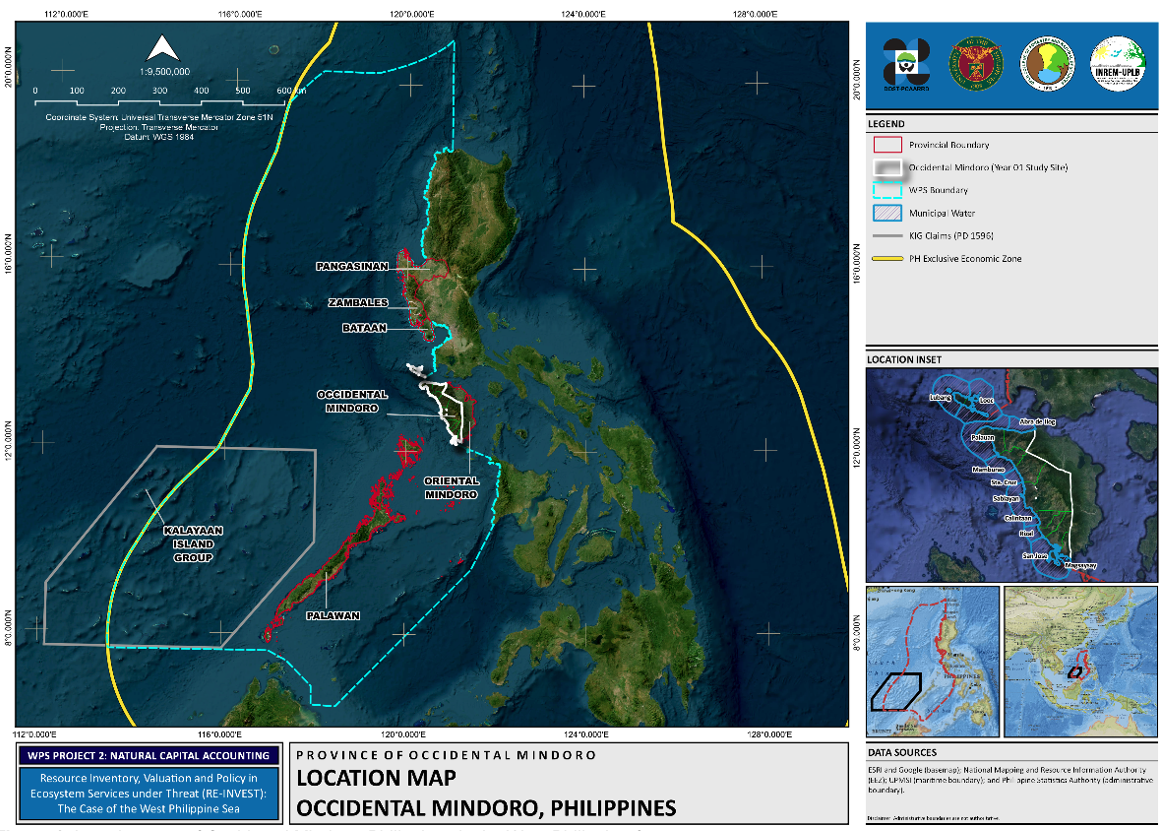VOLUME 18 (Supplement)

SciEnggJ 18 (Supplement) 235-245
available online: 13 July 2025
DOI: https://doi.org/10.54645/202518SupKKO-31
*Corresponding author
Email Address: avsasi@up.edu.ph
Date received: 15 March 2024
Date revised: 12 March 2025
Date accepted: 24 June 2025
ARTICLE
Mangrove extent mapping using different mangrove vegetation indices and sentinel-2 for ecosystem accounting in Occidental Mindoro, Philippines
Natural Resources, UPLB, Laguna, Philippines
2Resources, Environment and Economics Center for Studies, Inc.,
Philippines
3Department of Economics, College of Economics and
Management, UPLB, Laguna, Philippines
4UPLB Interdisciplinary Studies Center for Integrated Natural
Resources and Environment Management, UPLB, Laguna
5Department of Social Forestry and Forest Governance, College of
Forestry and Natural Resources, UPLB, Laguna, Philippines
6Wageningen University & Research
7College of Development Communication, UPLB, Laguna, Philippines
The Philippines is home to about half of the world's 65 mangrove species, representing 50% of mangroves globally. As an archipelagic country, mangrove forests offer a variety of ecosystem goods and services, from coastal protection to carbon sequestration, which play a vital role in climate change mitigation. Understanding mangroves' changing extent and condition is critical and valued, as these impact climate, biodiversity, and ecosystem service provision. However, little has been done to account for these attributes. Thus, the study aimed to construct physical ecosystem accounts for mangroves in Occidental Mindoro, Philippines, encompassing spatial distribution and extent, and develop a physical accounting table. Using cloud-based remote sensing on the Google Earth Engine (GEE) platform, this research contributes to broader ecosystem accounting efforts for the West Philippine Sea, providing evidence-based insights for effective policymaking and decision-making. Mangrove extent modeling was conducted using a three-tiered approach, guided by the spatial framework of the System of Environmental-Economic Accounting (SEEA) Ecosystem Accounting, to improve accuracy.
Vegetation indices such as Mangrove Vegetation, Normalized Difference Vegetation, Normalized Difference Mangrove, Modified Normalized Difference Water, and the Green Chlorophyll Vegetation were employed. Statistical parameters for feature objects were selected and applied in the random forest classifier. In 2021-2023, during the dry season with lesser clouds, composite images were produced by combining spatially overlapping ones into a single picture based on an aggregation function. These indices delineated the area of mangroves using remotely sensed imagery efficiently and precisely. Combining these spectral indices resulted in an overall mangrove extent of about 2,096.74 ha, with an overall classification accuracy of 87.33 percent and a Kappa coefficient of 0.80. Similarly, Sentinel-2A images and the GEE platform accurately assessed changes in the extent of mangrove forests within the coastal ecosystems of the West Philippine Sea.
© 2025 SciEnggJ
Philippine-American Academy of Science and Engineering